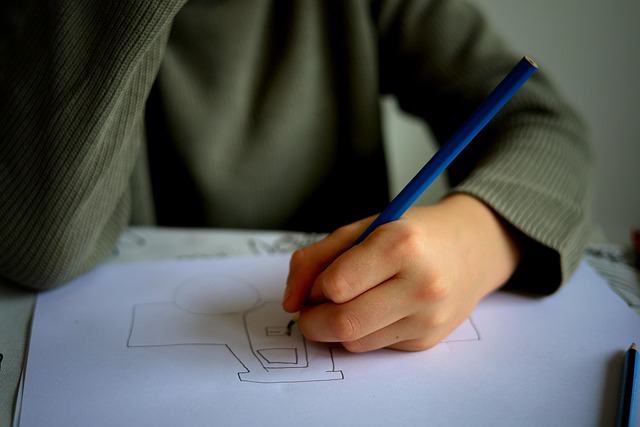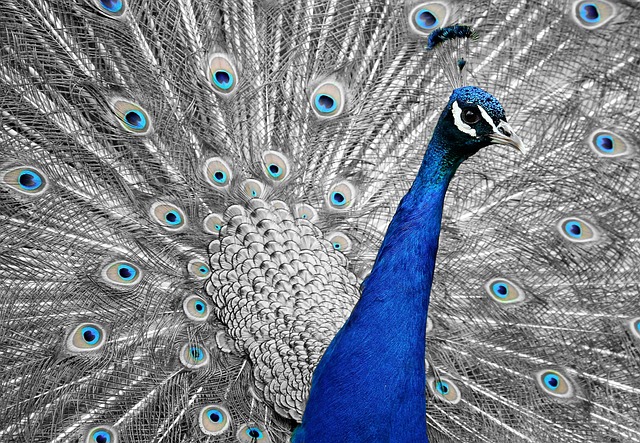Dive into the Art of Portraits: Drawing Tips and Techniques
Portrait drawing is a captivating art form that allows artists to capture the very essence of human emotion and personality. Through pencil, charcoal, or digital mediums, the act of rendering a face on paper transcends mere representation—it becomes a dialogue between the artist and subject. Whether you’re a beginner or a seasoned artist, refining your skills in portrait drawing can be both rewarding and enriching.
Understanding the Structure of the Face
Before you begin sketching, take a moment to study the basic structure of the face. The human face is a complex interplay of shapes and angles. A solid understanding of the portrait anatomy will enhance your ability to capture likeness and character.
- Proportions: Familiarize yourself with the common proportions, such as the rule that the eyes are typically halfway down the head.
- Landmarks: Note the positioning of key facial features—nose, mouth, eyes, and ears—and how they relate to each other.
Sketching Techniques
Once you’ve grasped the structural basics, it’s time to put pencil to paper. Here are some valuable drawing techniques to explore:
- Gesture Drawing: Start with quick, loose sketches to capture the overall shape and attitude of your subject. Focus on movement rather than details.
- Contour Lines: Use continuous lines to outline the features of your subject. Pay attention to the rhythm and flow of the face.
- Blocking In: Begin by lightly sketching the major shapes and areas of light and shadow. This will help you maintain proper proportions throughout.
Shading Techniques
Shading gives your portrait depth and form, transforming flat lines into a three-dimensional visage. Experiment with these shading techniques:
- Hatching and Cross-Hatching: Use parallel or intersecting lines to create tonal variations. The closer the lines are, the darker the area will appear.
- Blending: Smooth out tones with a blending stump or your fingers for a softer, more realistic look. Be mindful to preserve the lightest areas.
- Stippling: Use dots to build up tone and texture. This technique requires patience, but can yield beautifully textured results.
Capturing Emotion
What truly brings a portrait to life is the emotion conveyed through the subject’s expression. Look for the subtleties in the face that communicate feelings:
- Eyes: Often regarded as the ‘windows to the soul’, focus your attention on the eyes. They can express joy, sadness, curiosity, and more.
- Mouth and Eyebrows: Small changes in these features can dramatically alter expressions. Observe how the mouth curves and how the eyebrows set a mood.
Practice and Patience
Like any skill, drawing portraits requires practice. Embrace the learning process, and don’t shy away from drawing the same face multiple times. Each attempt unveils new details and nuances. Keep a sketchbook filled with continuous studies of faces, both from life and photographs. This will train your eye and hand, enhancing your ability to depict personality and spirit in each portrait.
Resources for Aspiring Portrait Artists
Consider exploring various resources to aid your learning:
- Books: Look for books on portrait drawing that cover techniques and anatomy.
- Online Tutorials: Platforms like YouTube and Skillshare have countless tutorials tailored for all skill levels.
- Art Communities: Join local or online art groups to share your work and receive constructive feedback.




